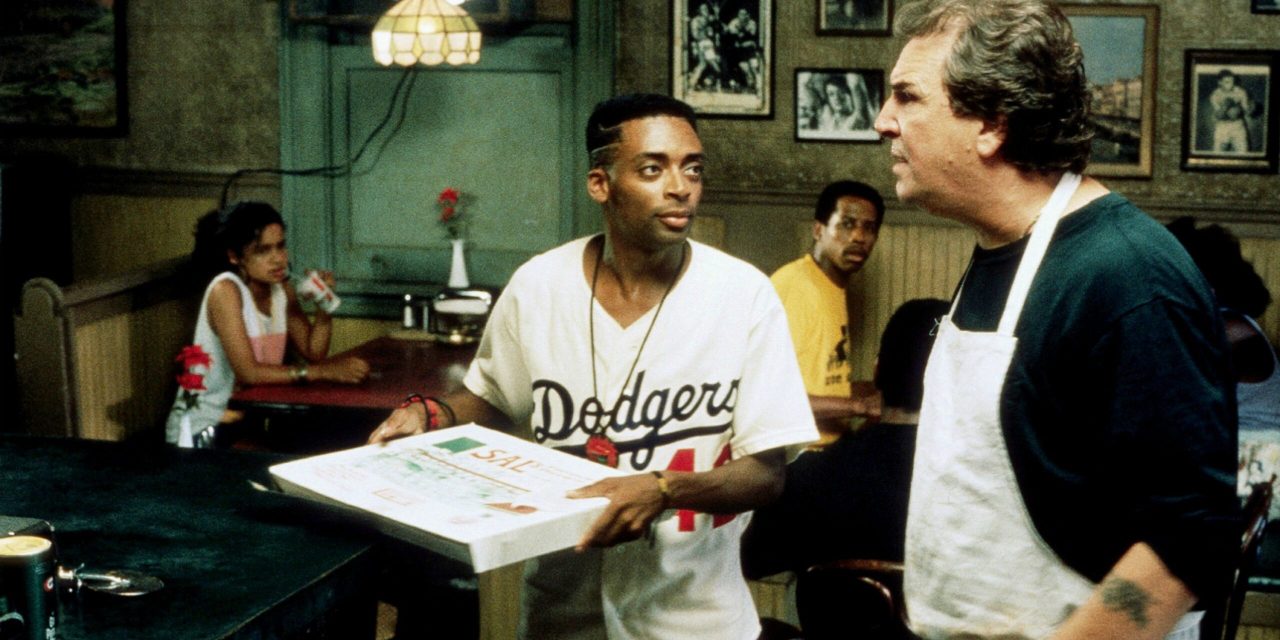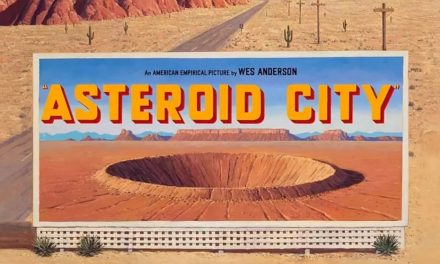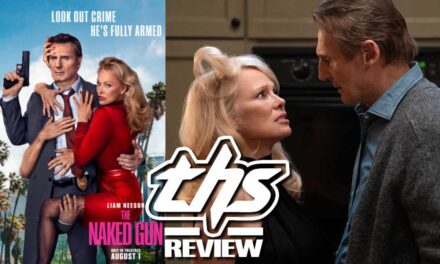Spike Lee’s Do the Right Thing is a 1989 film that stands as a landmark in American cinema. It’s a film celebrated for its bold storytelling, cultural resonance, and profound exploration of racial tensions. Watching Do the Right Thing isn’t just about the entertainment. It becomes an opportunity to engage with a story that is as relevant today as it was decades ago. I’ve written about films like Lawrence of Arabia or The Apartment, but this film is much more relevant than any older film I’ve ever watched.
Spike Lee was inspired to create the script due to the 1986 death of Michael Griffith by police officers in New York. It isn’t difficult to see the parallels to current day. It makes Do the Right Thing an essential viewing for anyone interested in cinema, race relations, and the complexities of human interaction.
Uniquely Spike Lee
Spike Lee’s directorial style is on full display. He tells a story about the hottest day of the year through the color palette of the film. Camera movements continue to add unease throughout the film’s timeline. It’s rare to find a filmmaker who can make you feel uncomfortable with a zooming camera and a monologue.
Lee’s use of music, particularly Public Enemy’s “Fight the Power,” becomes a narrative device. It underscores the tensions and cultural identity of the community. The film’s editing, pacing, and ensemble performances create a rhythm that mirrors the chaos and beauty of urban life.
The stories of this singular block in New York interweave beautifully. You’ll easily see characters walking through the background as something major happens in the foreground. The narration provided by Sam Jackson’s Mister Senor Love Daddy adds to what our characters think and feel. The script translates perfectly to the screen, building and culminating in an intense 3rd act.

A Timeless Exploration of Racism and Community
At its core, Do the Right Thing is a film about race, power, and human relationships. It captures the nuanced interactions between a diverse cast of characters: African Americans, Italian Americans, Puerto Rican Americans, and Korean Americans. They are living in a microcosm of broader racial dynamics. Revolving around a neighborhood pizzeria, the movie forces viewers to confront uncomfortable questions. Accountability and the consequences of systemic racism take center stage. It’s been 35 years since the film’s initial release, yet it could easily be made today. It makes this film a vital conversation starter for discussions on social equity and justice.
Complex, Relatable Characters
One of the film’s greatest strengths is its characters, each of whom feels authentic and multidimensional. Many of the characters have fun names, juxtaposing the serious issues that play out. Mookie, played by Spike Lee himself, is a young pizza delivery man struggling to find who he is within his relationships and his community. Sal, the pizzeria owner portrayed by Danny Aiello, is a man of pride and contradictions. His affection for the neighborhood clashes with his inability to fully respect its residents. Radio Raheem, Buggin’ Out, and Da Mayor add layers of humor and conflict, making the neighborhood feel alive and relatable.

What is the Right Thing?
What might be most surprising about Do the Right Thing is its resistance to easy answers. The film never tells the audience what the right thing is. Instead, it challenges viewers to grapple with their own beliefs and biases. The film’s conclusion, marked by tragedy and unresolved tensions, leaves audiences questioning what it truly means to “always do the right thing.” By avoiding simplistic resolutions, Spike Lee forces viewers to engage with the film on a deeper level, sparking introspection and dialogue.
A scene near the end of the film sees Mookie and Sal come together one last time. They talk about money, death, and business. There is realism to their meeting. It’s played without a solid conclusion, with neither love nor hate. It only furthers the reflection needed from both of these characters and from viewers.

Why You Should Watch Do the Right Thing
Do the Right Thing is not just a film. It’s a cultural milestone that has shaped conversations about race and representation in Hollywood for a new era. Race has long been a discussion in films. Movies like In the Heat of the Night are a great example of a post-segregation film. What happens to a black police officer who slaps a rich white man?
Do the Right Thing discusses race in a time where segregation is long in the past and “equality” is promised to all. The film challenges what that equality actually is. Moreover, it has influenced countless filmmakers and artists. It proves the power of cinema to reflect society and provoke change. For anyone seeking to understand the complexities of race relations, the power of community, and the artistry of filmmaking, this film is a must-watch. Its relevance and resonance make it a timeless classic. It reminds us of the enduring need to confront injustice and strive to always do the right thing, whatever that might be.





